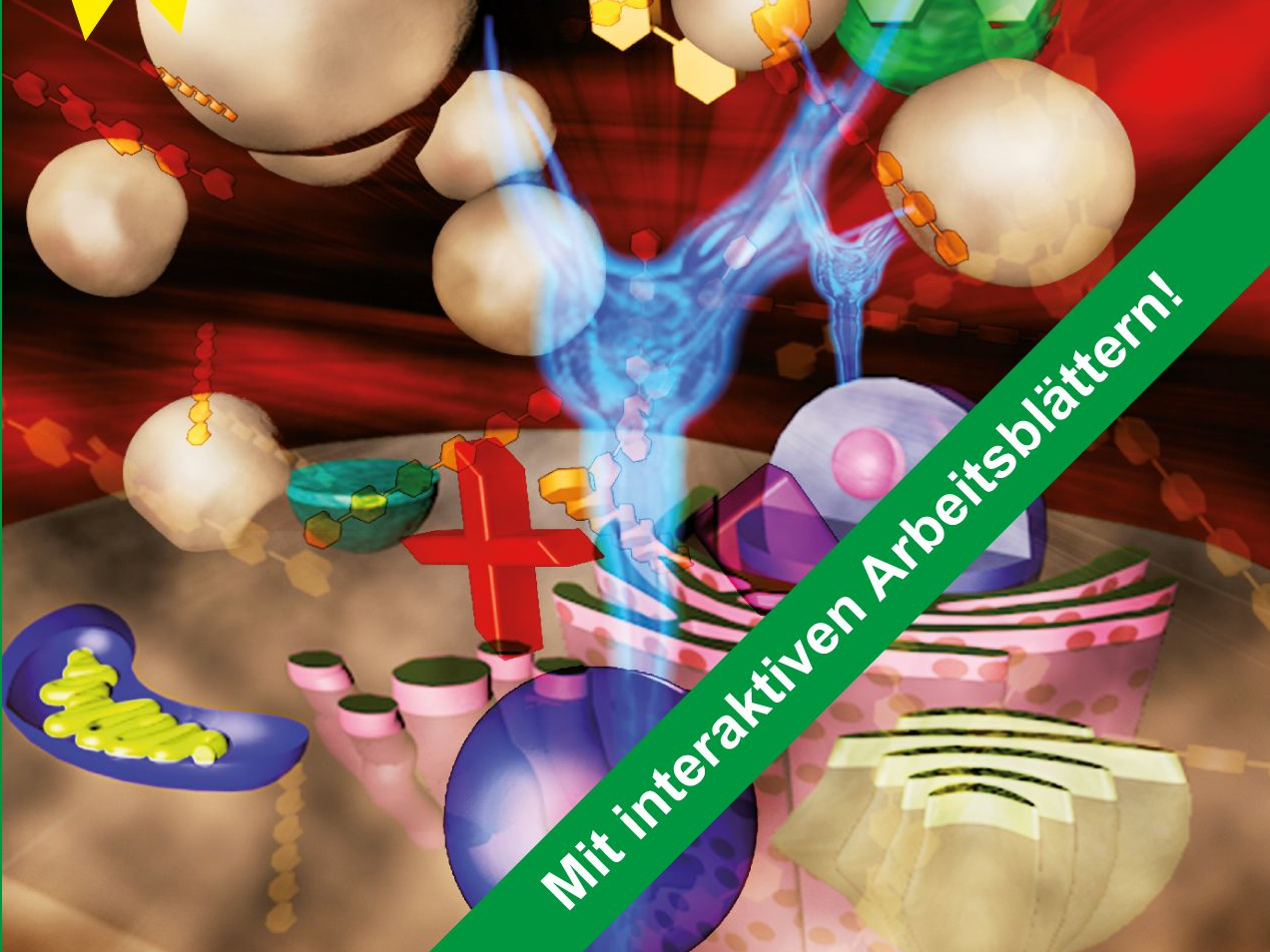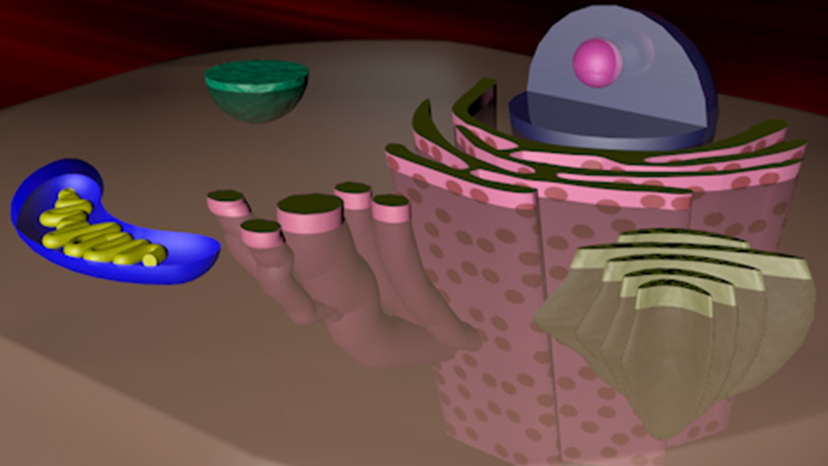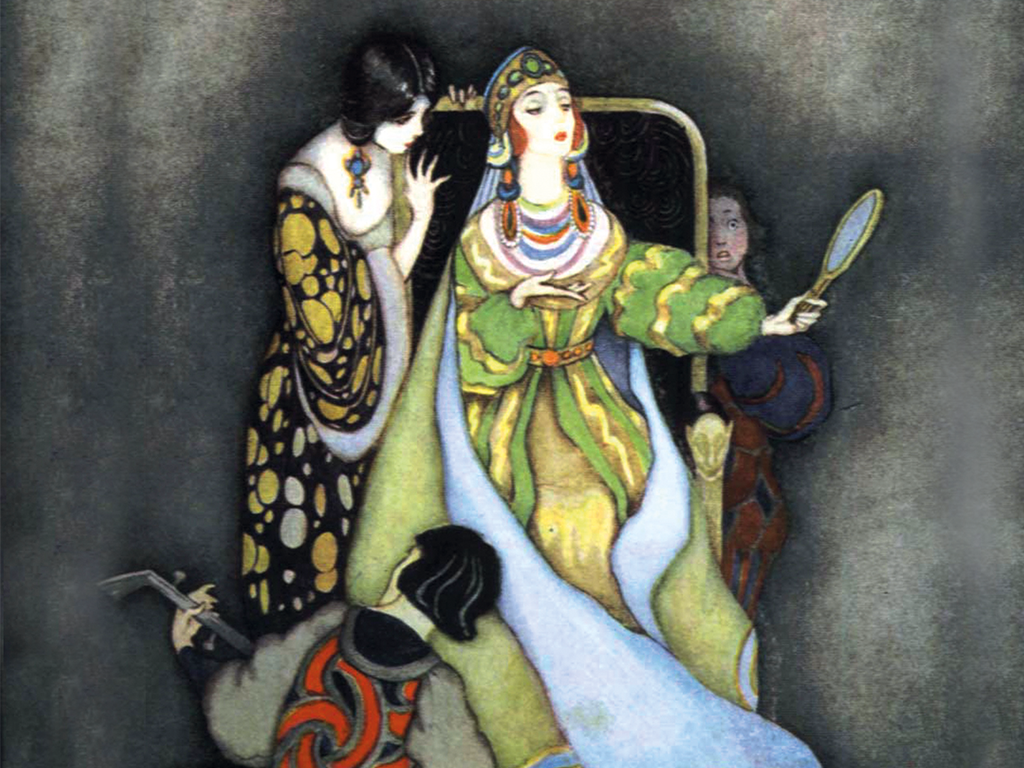 Biology
Biology

4667674 / 5558933
Basics of Biology III
Enzymes and Animal Cells
What is the importance and function of enzymes? The lock-and-key principle is explained and, based on amylase and katalase, the dependence of reaction speed and intensity of effect on temperature and pH-value can be seen. With microscopic pictures and graphs the structure of animal cells is explained. But their appearance is very different depending on their functions. Nerve cells differ from blood cells just like the latter from sperm cells. A tissue is a combination of many cells that perform specific functions in the body. Any kind of growth of an organism is only possible when new cells are created. The process of cell division is called mitosis. This is then differentiated from the multiplication of reproductive cells, as in them the number of chromosomes must be reduced to half. Impressive shots and graphs illustrate these processes. Together with the extensive accompanying material the DVD is ideally suited for use in the classroom.
Play trailer
Curriculum-centred and oriented towards educational standards
Matching
Mobile Learning II
Oh, what’s that? Original soundtrack Thissen: “As our children grow up in a media world and naturally handle the media, they should also be a topic in school.“ An older child says the point is that they don’t just load down apps but create things themselves that haven’t existed so far. Hi, I’m Jana. A propeller hat. I’ll put it on. Now I’m no longer a simple rhino, but a flying rhino. Original soundtrack Thissen: “It’s exactly the great flexibility of tablets that promotes very personalised and adapted learning.” Original soundtrack Welzel: “It’s fascinating to see how the children grow with their products and how they always want to improve them.” The Westminster Abbey is a church in London for the royal family. Original soundtrack Welzel: “And?“ They think it is ok.









